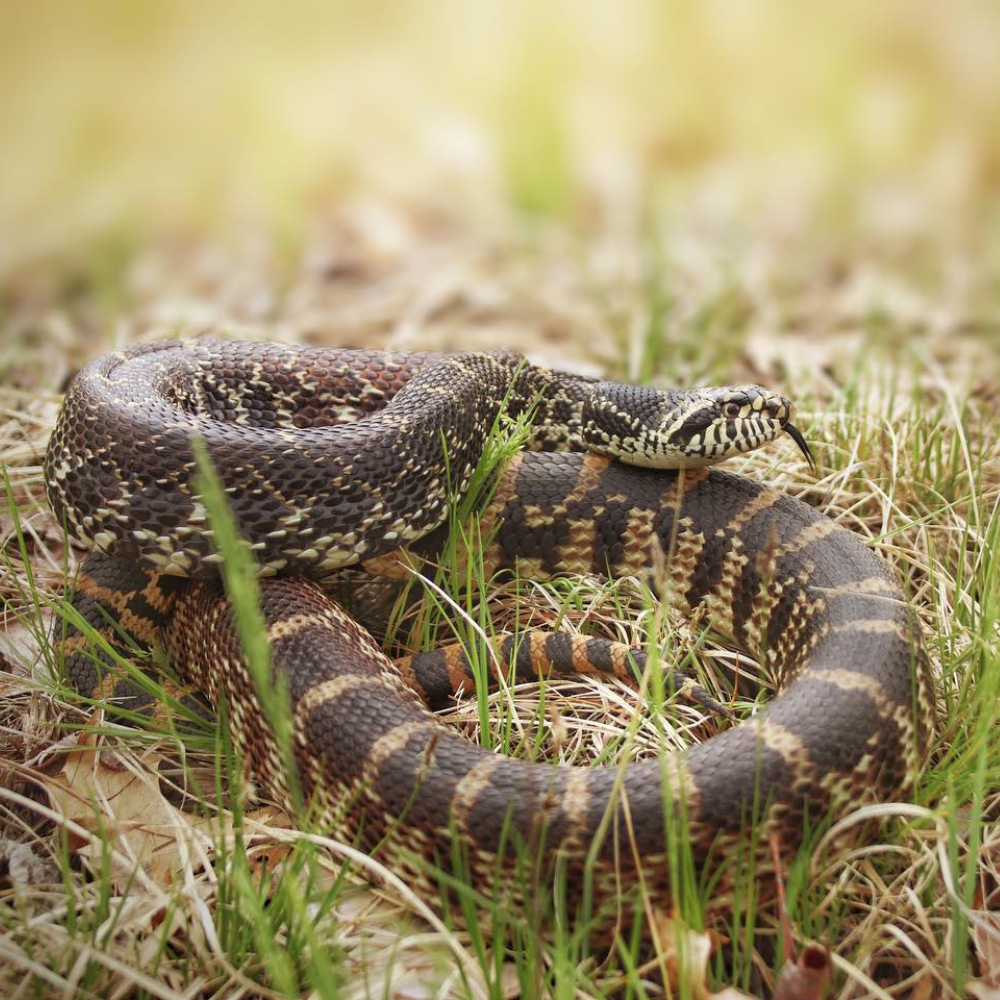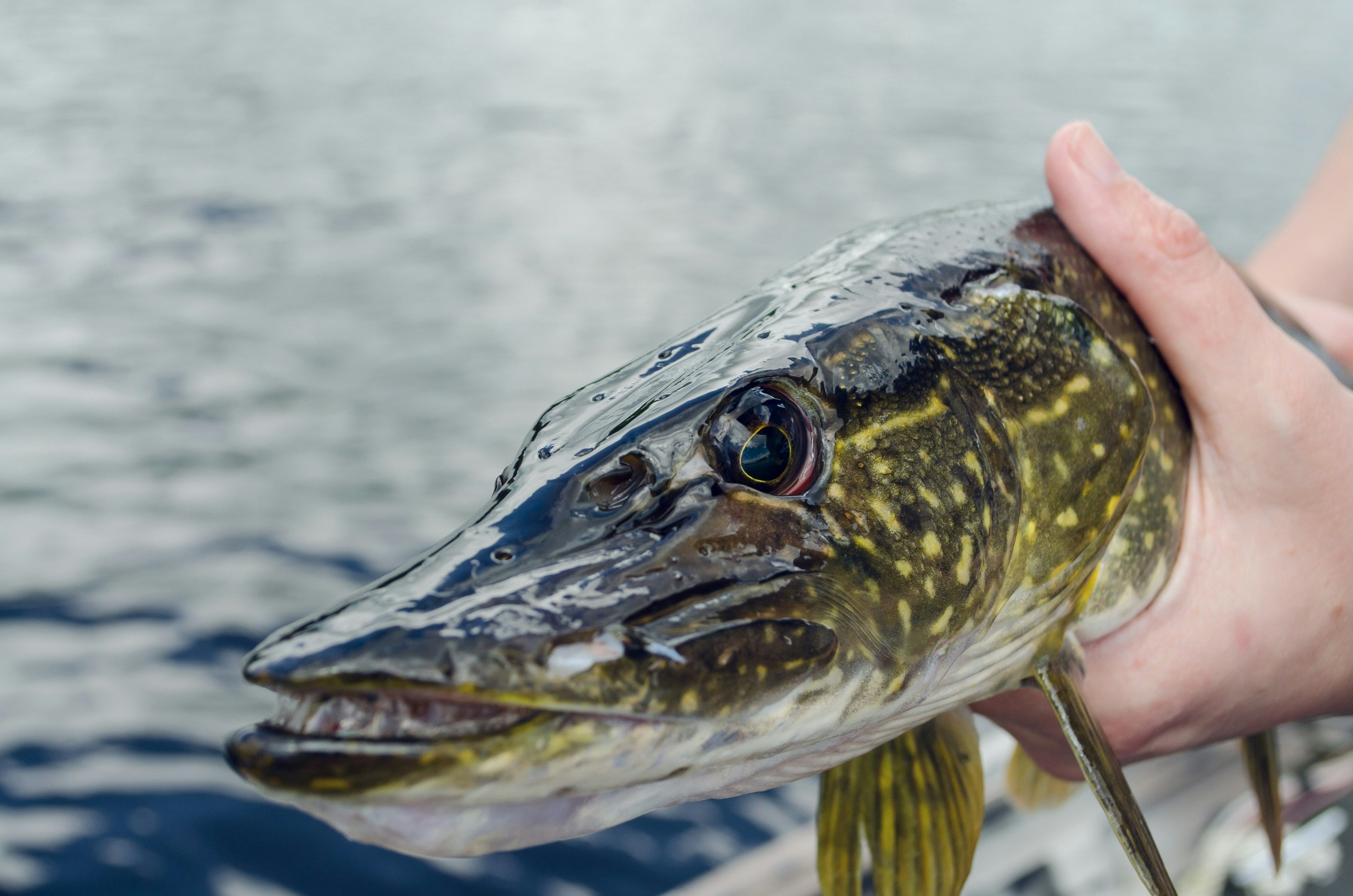Welcome to the wild world of herping in Wisconsin. If you’re a reptile enthusiast, conservationist, or simply someone who loves exploring the outdoors, 2025 has been an unforgettable year for reptile discoveries in the Badger State thus far. From spotting the elusive and endangered ornate box turtle to getting up close with curious eastern hognose snakes, this year has brought incredible encounters that shine a spotlight on the diversity and importance of Wisconsin’s native reptiles.
In this post, we’re sharing some of the most exciting finds of 2025 — species that have thrilled our team of herpers and offered new insight into reptile conservation in Wisconsin. Whether you’re an experienced field herper or just getting started, let this serve as inspiration and a resource for your own herping adventures.
What is Herping?
For those unfamiliar with the term, herping is the act of searching for amphibians and reptiles in the wild — including snakes, turtles, lizards, and frogs. Herping is a blend of adventure, science, and passion, often involving hours of hiking, flipping logs and rocks, scanning wetlands, and exploring sand prairies or forest edges.
Wisconsin is a surprisingly rich place for herping, with a variety of habitats like oak savannas, glacial lakes, pine barrens, and marshy lowlands that host a wide array of native reptiles.
Top Reptile Finds in Wisconsin – 2025 Field Season Recap
1. Ornate Box Turtle (Terrapene ornata ornata) – Endangered Encounter
One of our most unforgettable finds this year was spotting a wild ornate box turtle, a state-endangered species in Wisconsin. These beautiful turtles with intricate yellow and orange markings on their high-domed shells are exceedingly rare in the state. Their populations have declined due to habitat loss, road mortality, and illegal collection.
We found our ornate box turtle basking near a sandy barrens habitat, likely one of the last strongholds for the species in Wisconsin. It was a reminder of the critical need for reptile habitat conservation and the importance of protecting Wisconsin’s remaining sand prairie ecosystems.
2. Milk Snakes – Over 20 Individuals Found
This year, we found over 20 milk snakes (Lampropeltis triangulum) across various parts of the state. These harmless, non-venomous snakes are often mistaken for copperheads due to their bold red, black, and white patterning — but they’re completely safe and incredibly beneficial as rodent hunters.
Milk snakes were found under artificial cover objects (ACOs) such as tin sheets and plywood left in fields and woodlands — proving again how useful passive survey methods can be when herping in the Midwest.
3. Smooth Green Snake (Opheodrys vernalis) – Twice as Nice
We were lucky enough to come across multiple smooth green snakes this season. These small, gentle snakes are a favorite among herpers for their brilliant emerald coloration and insectivorous diet. Smooth green snakes prefer undisturbed meadows, prairies, and grassy edges — which are increasingly rare in Wisconsin.
Interestingly, we found them in some recently restored prairie habitats, showing how native prairie restoration efforts can directly benefit Wisconsin’s sensitive reptile species.
4. Eastern Fox Snake (Pantherophis vulpinus)
We encountered several eastern fox snakes, large-bodied snakes that are often mistaken for rattlesnakes due to their size and defensive behavior. These snakes are docile unless provoked, and they play a key role in controlling rodent populations in marshes and agricultural zones.
Many of our fox snake encounters were near wetlands and rivers, which makes sense given their semi-aquatic tendencies.
5. Eastern Hognose Snake (Heterodon platirhinos)
One of the most dramatic snakes we encountered this year was the eastern hognose snake, known for its upturned snout and bizarre theatrical defenses. From puffing up like a cobra to playing dead with its tongue hanging out — this snake never fails to entertain and amaze.
We found several hognose snakes in sandy regions with toad populations, their favorite prey.
6. Blanding’s Turtle (Emydoidea blandingii)
Another conservation success moment was spotting Blanding’s turtles, a threatened species in Wisconsin. With their bright yellow chins and domed shells, these semi-aquatic turtles are often found in marshes and shallow wetlands with dense aquatic vegetation.
Our sightings were made during spring, when females were migrating to nesting grounds. Remember — never disturb a nesting turtle. If it’s safe to do so, you can help one cross a road by gently moving it in the direction it was heading.
7. Northern Water Snakes – Bitey but Beautiful
Let’s talk about the northern water snake — a common but misunderstood resident of Wisconsin’s lakes and rivers. These non-venomous snakes bite readily when handled, and some of ours certainly did! Despite their grumpy demeanor, water snakes play an essential ecological role and are fun to observe from a distance.
They’re often confused with venomous snakes, but Wisconsin has no native water moccasins (cottonmouths), so there’s no need to fear.
8. Softshell Turtles and Snapping Turtles
We found several spiny softshell turtles and massive common snapping turtles basking in rivers and ponds this year. Softshell turtles are lightning-fast in water, and their snorkel-like snouts make them fun to watch as they surface.
Snapping turtles are often spotted crossing roads in late spring and early summer — if you see one, give it space or assist with caution. Their powerful jaws can cause serious injury.
9. Six-lined Racerunner (Aspidoscelis sexlineata)
A herping highlight this season was spotting the six-lined racerunner, a fast, insect-eating lizard more commonly found in the southern U.S., but with isolated populations in Wisconsin’s sandy barrens. We found several darting between patches of warm sand and vegetation — a thrilling find for any herper in the Upper Midwest.
10. Timber Rattlesnakes (Crotalus horridus) – A Rare and Sacred Find
This season also blessed us with one of the most iconic and secretive reptiles in the state — the timber rattlesnake. We encountered several individuals, including neonates (baby rattlesnakes), a rare and thrilling discovery for any Wisconsin herper. These rattlesnakes are state-listed as protected and are known to inhabit remote blufflands and oak-hickory forests along the Driftless Area.
Timber rattlesnakes are gentle and reclusive by nature, often basking quietly or slowly retreating when encountered. The presence of juveniles indicates a healthy, reproducing population, which is encouraging news for a species under pressure from habitat loss and persecution.
Why Herping Matters
Herping isn’t just a fun hobby — it’s a critical part of wildlife monitoring and conservation science. Every encounter adds to our understanding of where species live, how they behave, and what threats they face.
Many of Wisconsin’s reptiles are in decline due to habitat loss, road mortality, pollution, and climate change. Herping responsibly — taking photos, logging data, and reporting rare sightings — helps scientists and conservationists track trends and protect fragile populations.
Herping Tips for Beginners in Wisconsin
- Use artificial cover: Place old boards, tin, or roofing in sunny areas and check them regularly.
- Respect wildlife: Observe, photograph, and record — but don’t handle animals unless necessary.
- Report rare sightings: Use tools like the Wisconsin DNR’s citizen science apps or contact a local herpetologist.
- Explore diverse habitats: Prairie, savanna, wetlands, and forests all support different reptile species.
- Bring tick repellent and water: Field herping can mean long hikes and crawling through brush.
Final Thoughts: A Wild and Rewarding Season
From the majestic Blanding’s turtle to the dazzling smooth green snake, 2025 has been a remarkable year for herping in Wisconsin. Each encounter is more than just a thrill — it’s a reminder of the wild, resilient beauty of our native species and the responsibility we share in protecting them.
Whether you’re searching for rare turtles in the sand barrens or flipping tin for harmless milk snakes, Wisconsin remains one of the Midwest’s hidden gems for reptile enthusiasts and field herpers alike.
Happy herping — and always tread lightly. Nature is watching.
|
ReplyForward
|






